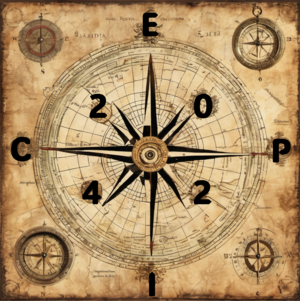Speaker
Description
We present the results of a partial wave analysis of the global real Compton scattering (RCS) database, extracting the leading scalar and spin polarisabilities of the proton.
Exploring the nucleon using electromagnetic probes reveals a fine and intricate interplay between its various structural properties. As an example, the nucleon polarisabilities encode the two-photon response, such as measured in RCS [1, 2]. On the other hand, their precise knowledge is very important for the analysis of atomic spectra, especially in muonic atoms [3], which serves to constrain the details of the nucleon charge distribution such as the charge radius.
The polarisabilities are introduced as the coefficients in the low-energy expansion (LEX) of the RCS amplitudes, and can, in principle, be extracted using the LEX to analyse the RCS data [1, 4]. However, the energies where quality experimental data are available are too high to use the LEX for an analysis, forcing one to use a more sophisticated framework such as effective field theories [5, 6], disperson relations [7], or partial wave analysis [8]. We use the latter framework here, include the most recent RCS data from MAMI [9] and HIGS [10], and introduce a few further modifications in the formalism. The resutls of our refined analysis are presented in this contribution.
[1] D. Babusci, G. Giordano, A. I. L’vov, G. Matone, and A. M. Nathan, Phys. Rev. C 58, 1013–1041 (1998), arXiv:hep-ph/9803347.
[2] B. R. Holstein, D. Drechsel, B. Pasquini, and M. Vanderhaeghen, Phys. Rev. C 61, 034316 (2000), arXiv:hep-ph/9910427.
[3] K. Pachucki, V. Lensky, F. Hagelstein, S. S. Li Muli, S. Bacca, and R. Pohl, Rev. Mod. Phys. 96, 015001 (2024), arXiv:2212.13782 [physics.atom-ph].
[4] N. Krupina and V. Pascalutsa, Phys. Rev. Lett. 110, 262001 (2013), arXiv:1304.7404 [nucl-th].
[5] H. W. Griesshammer, J. A. McGovern, D. R. Phillips, and G. Feldman, Prog. Part. Nucl. Phys. 67, 841–897 (2012), arXiv:1203.6834 [nucl-th].
[6] V. Lensky and J. A. McGovern, Phys. Rev. C 89, 032202 (2014), arXiv:1401.3320 [nucl-th].
[7] E. Mornacchi, S. Rodini, B. Pasquini, and P. Pedroni, Phys. Rev. Lett. 129, 102501 (2022), arXiv:2204.13491 [hep-ph].
[8] N. Krupina, V. Lensky, and V. Pascalutsa, Phys. Lett. B 782, 34–41 (2018), arXiv:1712.05349 [nucl-th].
[9] E. Mornacchi et al. (A2 Collaboration at MAMI), Phys. Rev. Lett. 128, 132503 (2022), arXiv:2110.15691 [nucl-ex].
[10] X. Li et al., Phys. Rev. Lett. 128, 132502 (2022),
arXiv:2205.10533 [nucl-ex].
